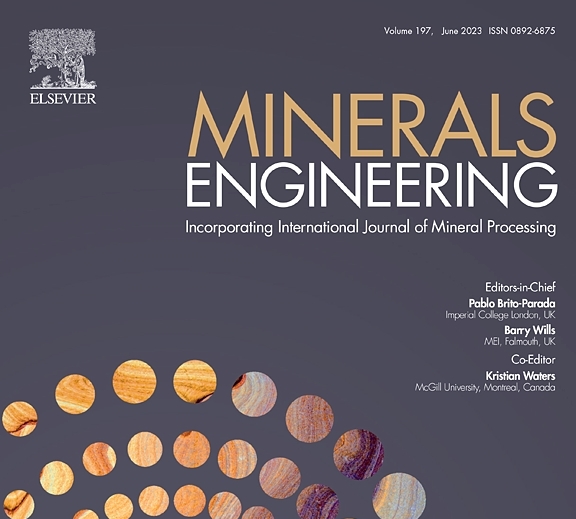Disseminated on behalf of Zinc8 Energy Solutions Inc and Zimtu Capital Corp.
Abstract
Primary zinc-air batteries are extensively used in medical, military, and telecommunication applications. The structure of zinc-air batteries consists of a zinc anode (Zn/ZnO), an alkaline electrolyte, and a porous air cathode. The zinc contribution towards the total market value in the zinc-air battery is nearly 60.9%, higher than alkaline (40.7%) and zinc-carbon batteries (29.6%). Therefore, zinc-air batteries are an attractive secondary source for zinc recycling. It is estimated that nearly 8500 tonnes of ore should be mined and processed to meet the annual requirement of zinc-air cells globally. Reissuing new batteries in return for discarded batteries is recommended for streamlining the recycling process. The literature for recycling zinc (Zn/ZnO) from various industrial wastes and primary batteries is systematically reviewed in the context of zinc-air batteries. The zinc-air batteries consist of simpler, easy-to-process zinc phases (Zn/ZnO) without other impurities. A recycling flowsheet is proposed to recycle zinc values from end-of-life zinc-air batteries.
Introduction
Zinc-air batteries are promising energy storage devices with high energy density, safety, and economic feasibility (Cai et al., 2017). Most of the volume in the zinc-air battery is occupied by the anode, and hence, it provides up to five times more capacity and three times the energy of common alkaline batteries in a compact package (Duracell, 2004, Harting et al., 2012, MIT Technology, 2021). Primary zinc-air batteries are implemented for medical (hearing aids, cardiac telemetry monitors), military, telecommunication (pagers, wireless messaging), and railway signaling/navigation applications (Duracell, 2004). Due to their low power output capability, zinc-air batteries are commercialized for hearing aid applications (
The zinc-air batteries are promising alternatives to lithium-ion batteries as zinc is highly stable, inexpensive (−1h−1, almost two orders of magnitude lower than lithium-ion) and has a higher energy density (∼1353 Wh/kg) (Clark et al., 2018, Toussaint et al., 2010). Zinc-air batteries are expected to reach USD 534 million by 2026 because of the rising demand for low-cost energy storage (solar and wind industries) applications (Newswire, 2021). Recently, a commercial model was developed at a low cost for a long duration for utilities, microgrids, and industrial markets (Zinc8., 2022).
Read the rest of the report:
https://www.sciencedirect.com/science/article/abs/pii/S0892687523000961

